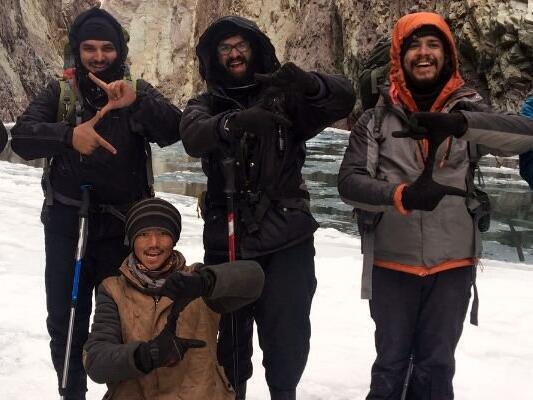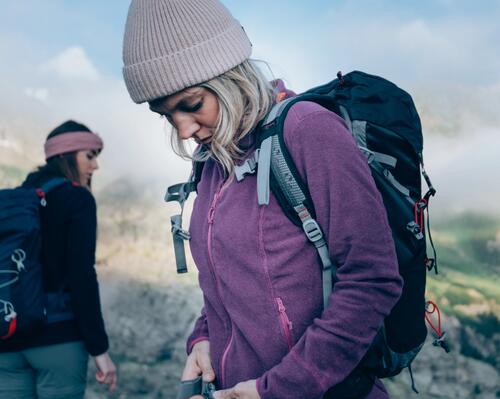The clothes you choose to wear will make or break your day!
So, effectively layer up to ensure you are warm at all times.
If you remember our previous article, "How to layer effectively", you will realise that wool or synthetics are going to be your best friends for your base layers.
Fleece jackets will be the ideal mid-layers, while a waterproof and breathable outer layer will protect you from bad weather.
If you think you are going to need additional layers to give you more insulation, you can opt for a lightweight gilet to weather in between your mid- and outer layer.
Do not forget your legs as well!
Layering for your legs is similar to layering for your body.
You'll need a thermal base layer, followed by synthetic trousers as a mid-layer, and waterproof trousers as your outer layer to protect you from the weather.
Be wary about frostbite - it is very dangerous and possible in sub-zero temperatures and will most likely affect your extremities such as your fingers, toes, and face.
So covering them is extremely vital!
You might want to consider getting a balaclava to keep your head, neck and ears warm during your hike.








